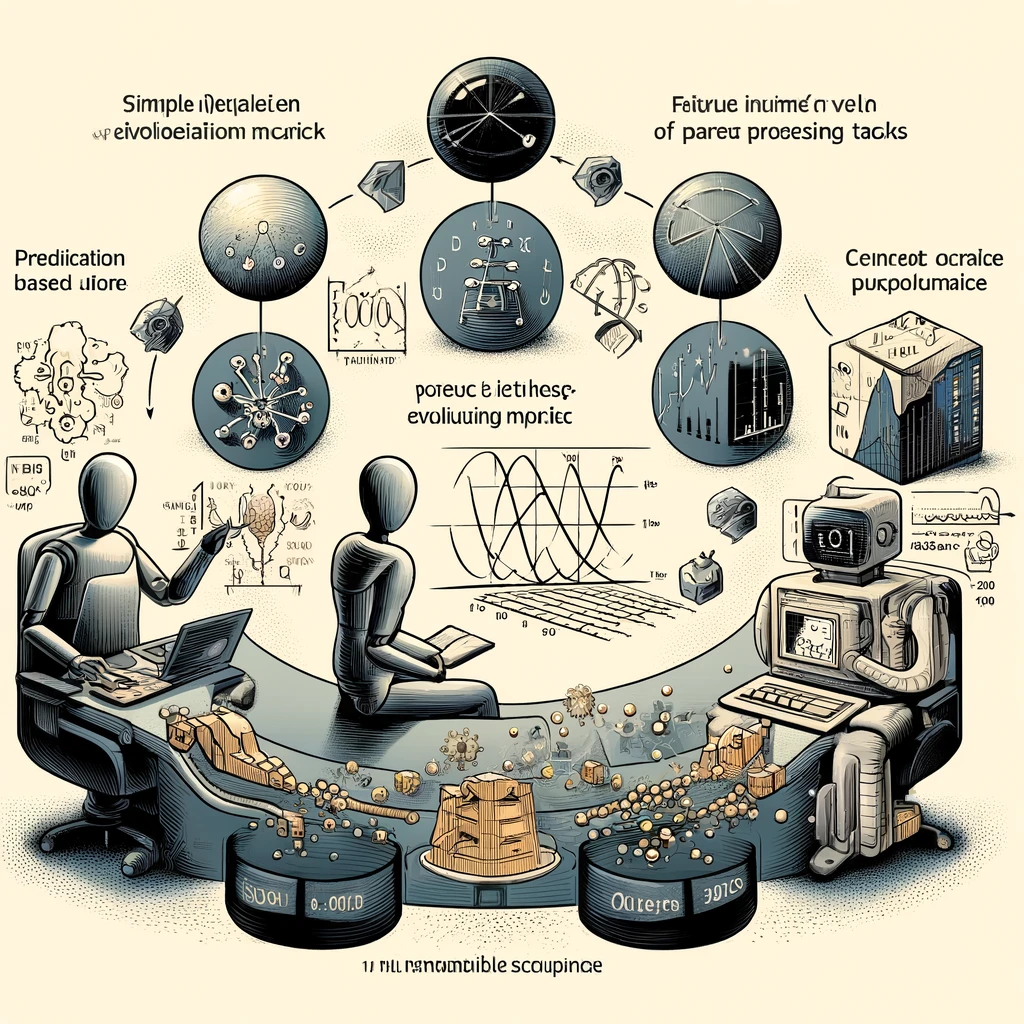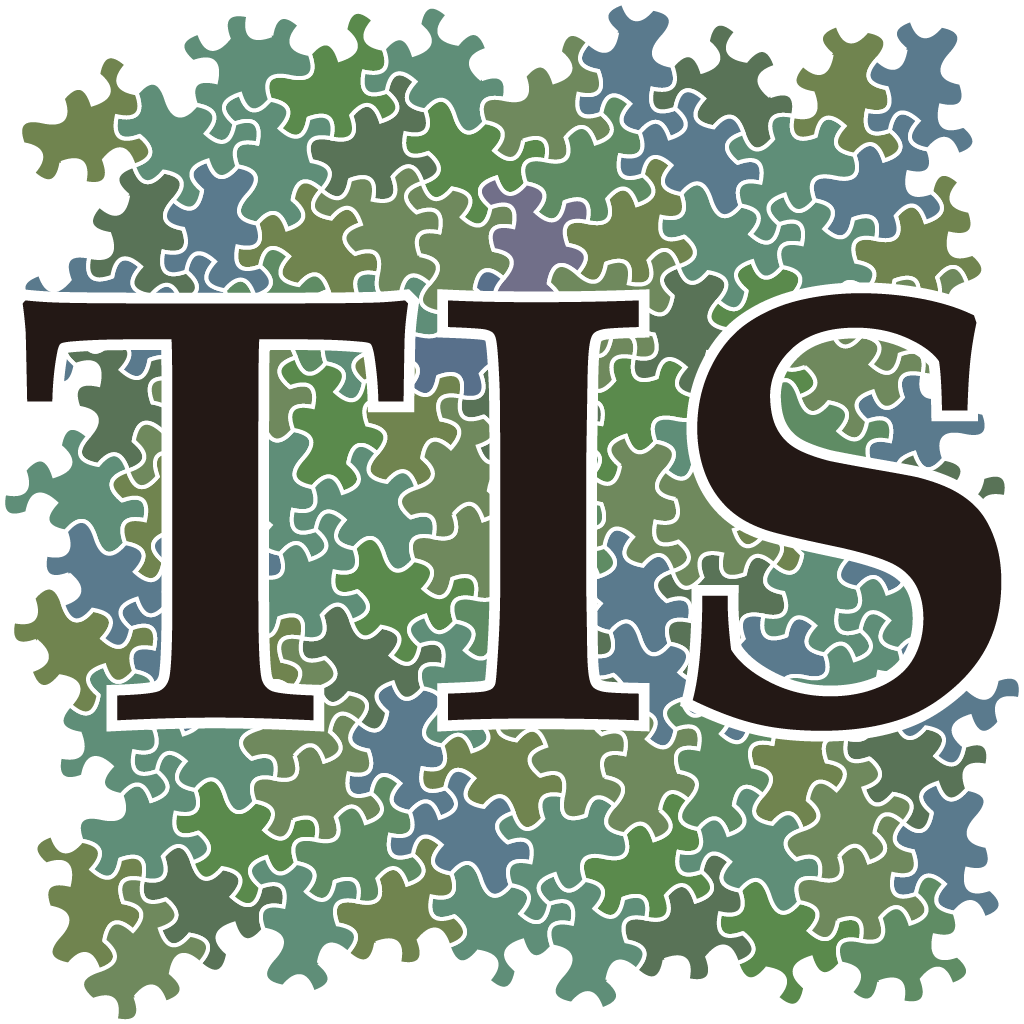Our research agenda spans from developing intelligent systems to designing and implementing measures to ensure societal acceptance of systems.

Develop intelligent systems
As the complexity of information processing tasks increases, the criteria for evaluation become more varied. For basic arithmetic operations, the evaluation is simply based on whether the answer is correct or incorrect. However, when it comes to tasks involving future predictions, while performance can be evaluated probabilistically – such as by accuracy rates – based on past data, it remains unverifiable whether that accuracy rate can be sustained with future inputs until the future arrives. Therefore, intelligent systems may sometimes be difficult to evaluate.
In the field of AI, researchers are working on enhancing the explainability and interpretability of results. Generative AI tasks, which have gained significant attention in recent years, are evaluated based on validity instead of correct answer rates due to the absence of a single correct answer. When developing new intelligent systems, evaluation criteria should be established concurrently.

Design a framework in which the system is trusted
In order for a system to be trusted, it needs to undergo various performance and property verifications. It encompasses the concepts of durability, availability, fault-tolerant, error-tolerant, correctness, reliability, dependability, explainability, responsibility, traceability, dependability, explainability, responsibility, traceability, consistency, integrity, confidentiality, social acceptability, feasibility, possibilities, verifiability, validity, and so on. By properly evaluating these factors and disclosing the results, the created system can earn trust from society.
It is important to ensure that evaluation results are communicated in a way that is understandable to many people. Valid arguments should not be overshadowed by unproven falsehoods. When designing an advanced intelligent system, it is crucial to establish a system that can be verified by anyone at any time.

A chiral aperiodic monotile as a motif
The background image is inspired by the shape “Spectres,” discovered by David Smith et al. Spectres are shapes that can fill a plane with only one type of shape, and only in aperiodic fills. It expresses our intention to address a wide variety of issues without resorting to simple repetition.

Members
We open the lab session on Monday evening with the Media Systems Lab in the 2025 academic year.
Doctor’s course students
Motoki Ogata
Baasanjav Uranzaya
Master’s course student starting in April 2024
Atsuko Utsumi
Shin Soonnam
Li Jinxuan
Yasuhiro Hayashi
Master’s course student starting in September 2024
Kim Eunmi
Siregar Josua Aldivio
Master’s course student starting in April 2025
Sora Ominato
Miyuto Kitamura
Jin Linqi
Towa Sakurai
Momoko Honda
Master’s course student starting in September 2025
Kosuke Takatsu
Yanjie Lu
Lorenzo Ticli
(Exchange Student)
Alumni
Yan Ningxin
Shotaro Tanigawa
Tsubasa Kinoshita
Shoji Harata
Yu Hyunmin
